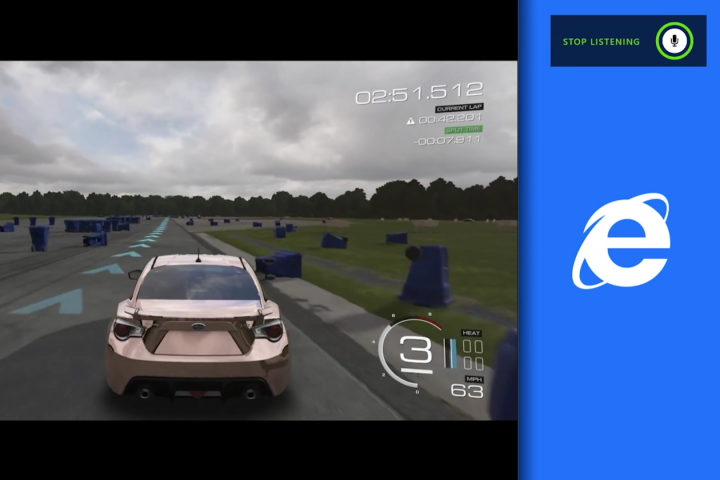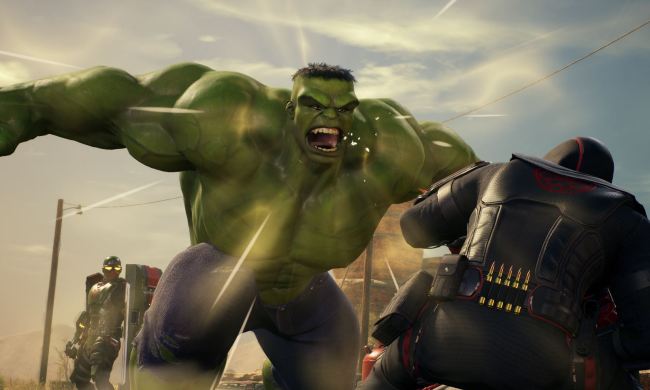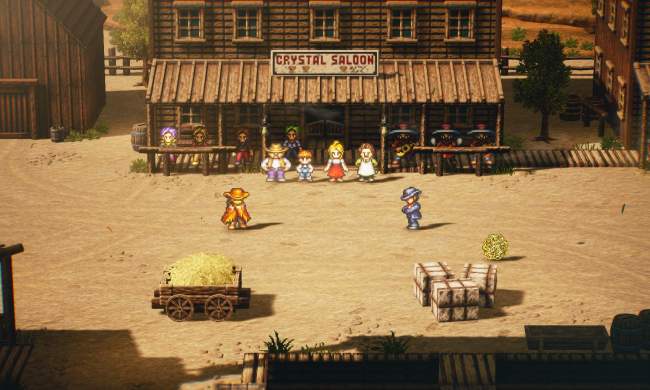
Xbox’s Mike Ybarra has confirmed via Twitter that Snap, the multitasking feature that allowed for games and apps to run simultaneously, will be removed for increased performance.
We replaced Snap to improve multitasking, reduce memory use, improve overall speed, and free up resources going forward for bigger things.
— Mike Ybarra (@Qwik) January 24, 2017
The change will come with the next dashboard update. It won’t completely rid itself of Snap features — for example, background music payback will remain — but it will make room for “bigger things,” whatever that is.
The Xbox One has changed dramatically since it was first announced back in 2013. Before, it had a strong focus on Kinect, Microsoft’s motion tracking peripheral, and a multimedia user experience. But the bad press due to rumors that game purchases would be locked to the console, coupled with Sony’s more gamer-focused messaging, forced Microsoft to quickly about-face.
Microsoft made Phil Spencer the new head of Xbox in 2014, and focus shifted. All of a sudden, gamers got E3 press conferences that didn’t contain cute Tamagotchi-like animal pets, but callbacks to fan-favorite franchises.
While the new shift has helped Microsoft, Xbox sales still lag significantly behind Sony’s PlayStation 4. Currently, worldwide Xbox One sales amount to 26 million, with the PS4 at roughly 54 million.
While Sony got the upper hand early this console generation, Microsoft is hoping that it’s new mid-generation Xbox One refresh, currently code-named Scorpio, will attract consumers and prevent them from purchasing the new PS4 Pro. Rumors suggest that Scorpio will be more powerful than the PS4 Pro, but that power will come with an increased price. Microsoft is pushing native 4K and better VR performance as its major selling point.
Xbox One preview participants should be getting the update next Monday, January 30, with a full release coming sometime in April along with the Windows 10 Creators Update.


